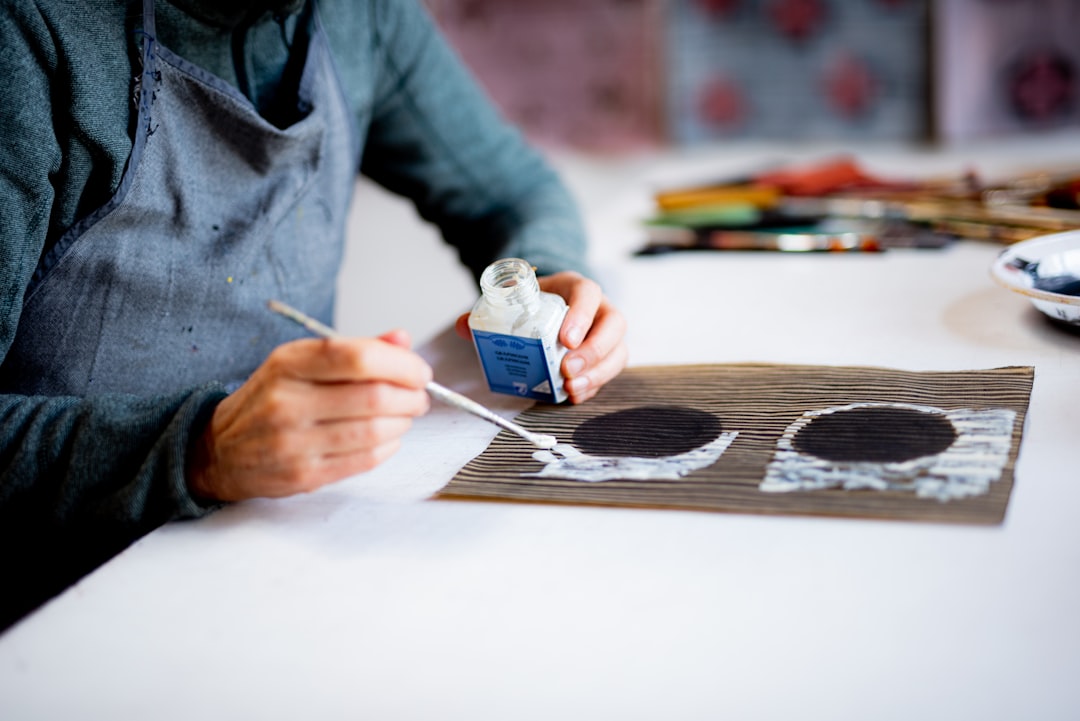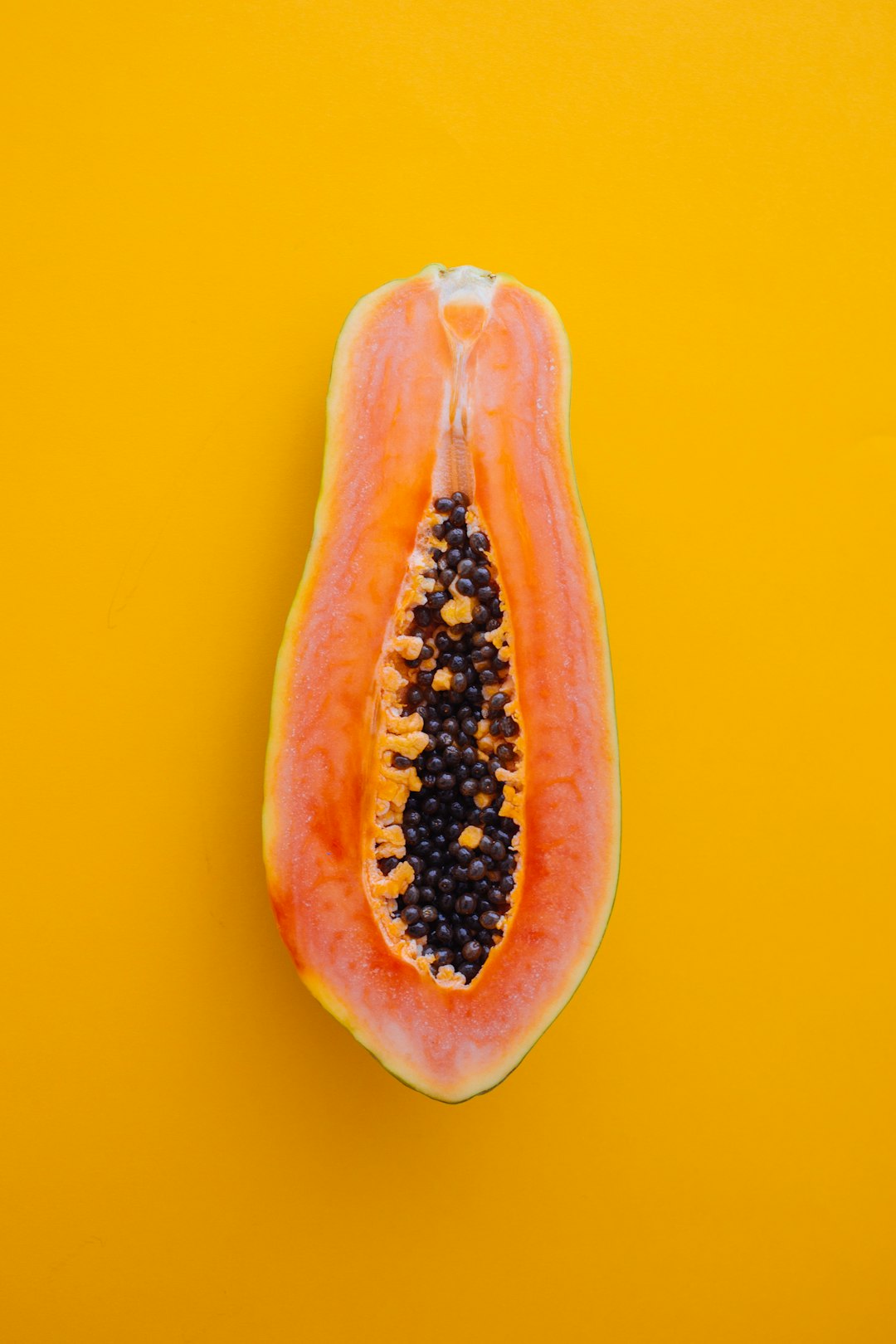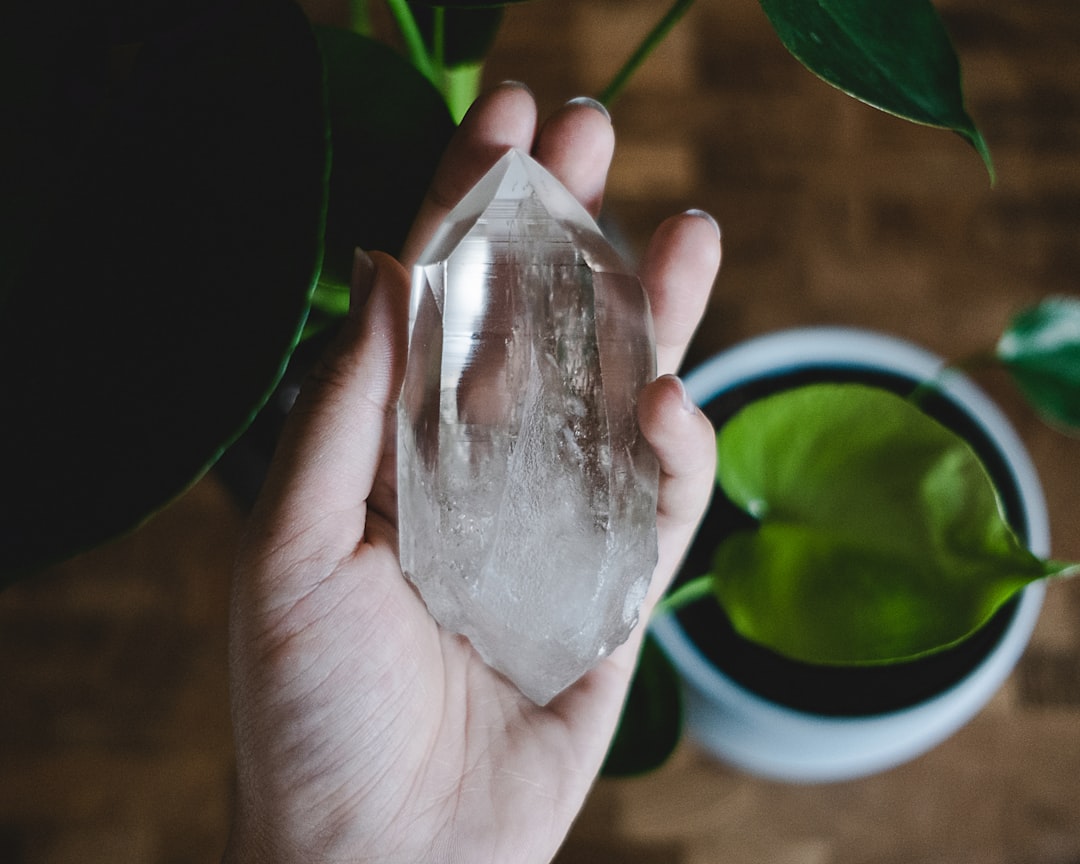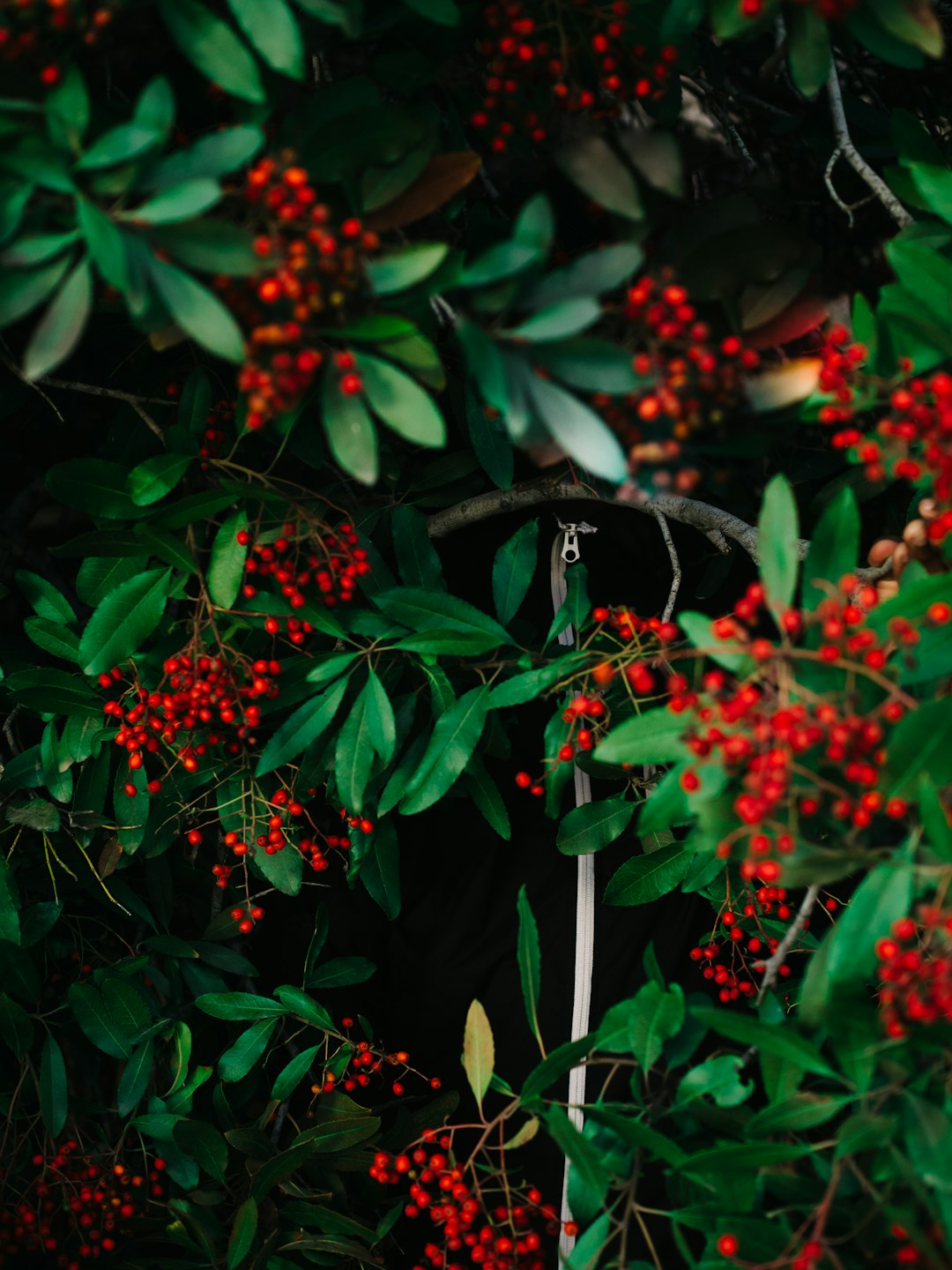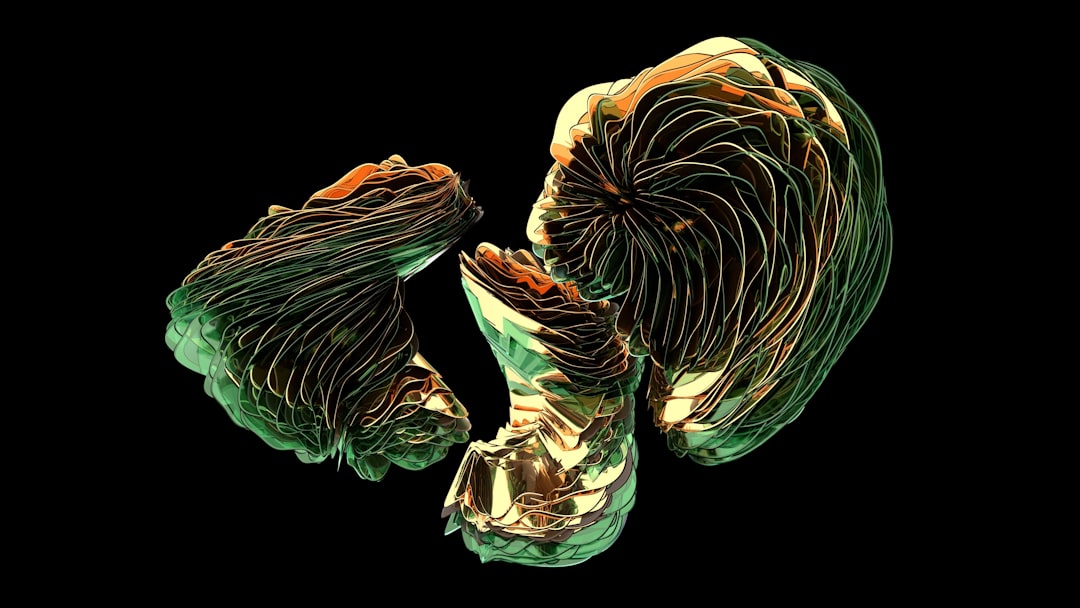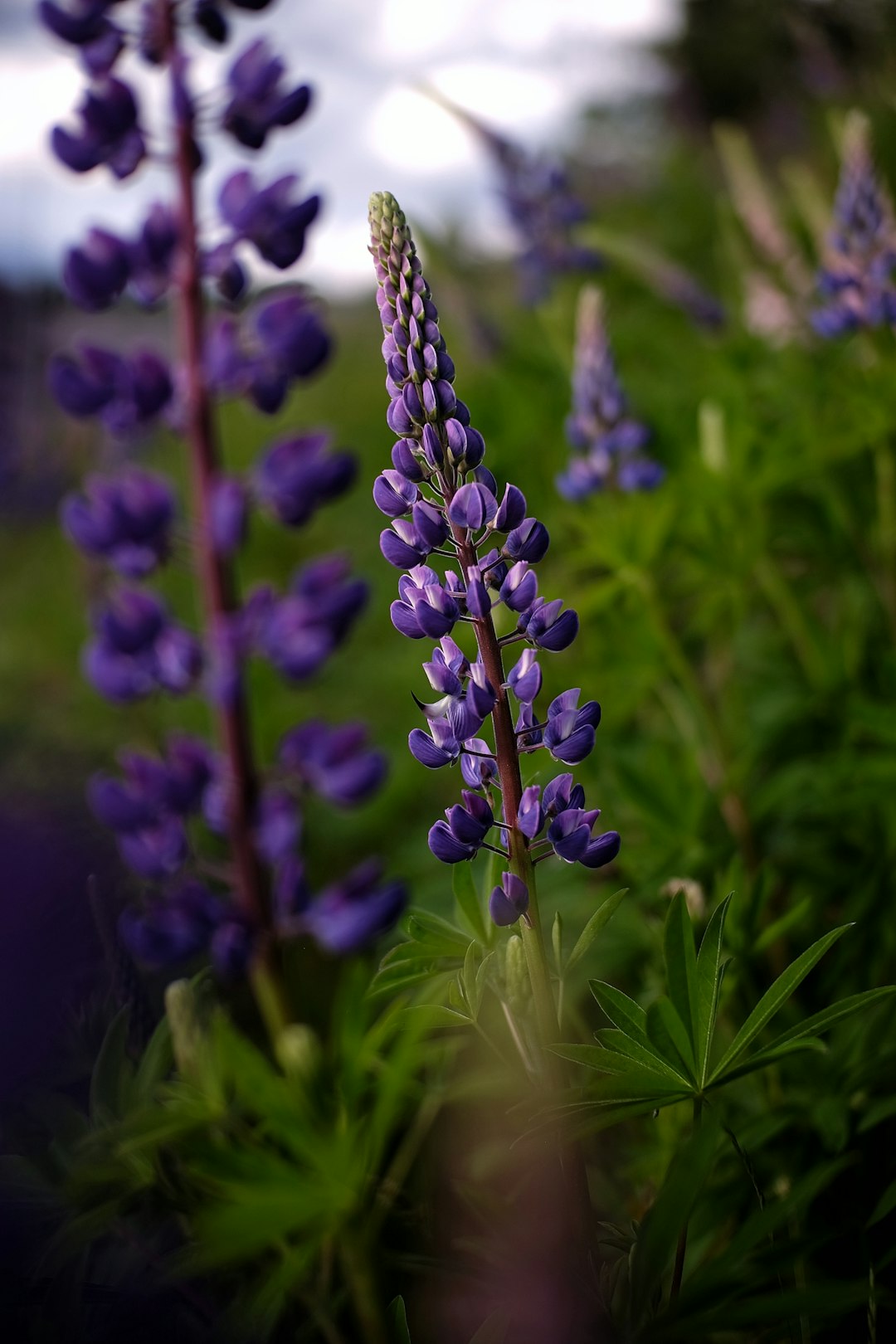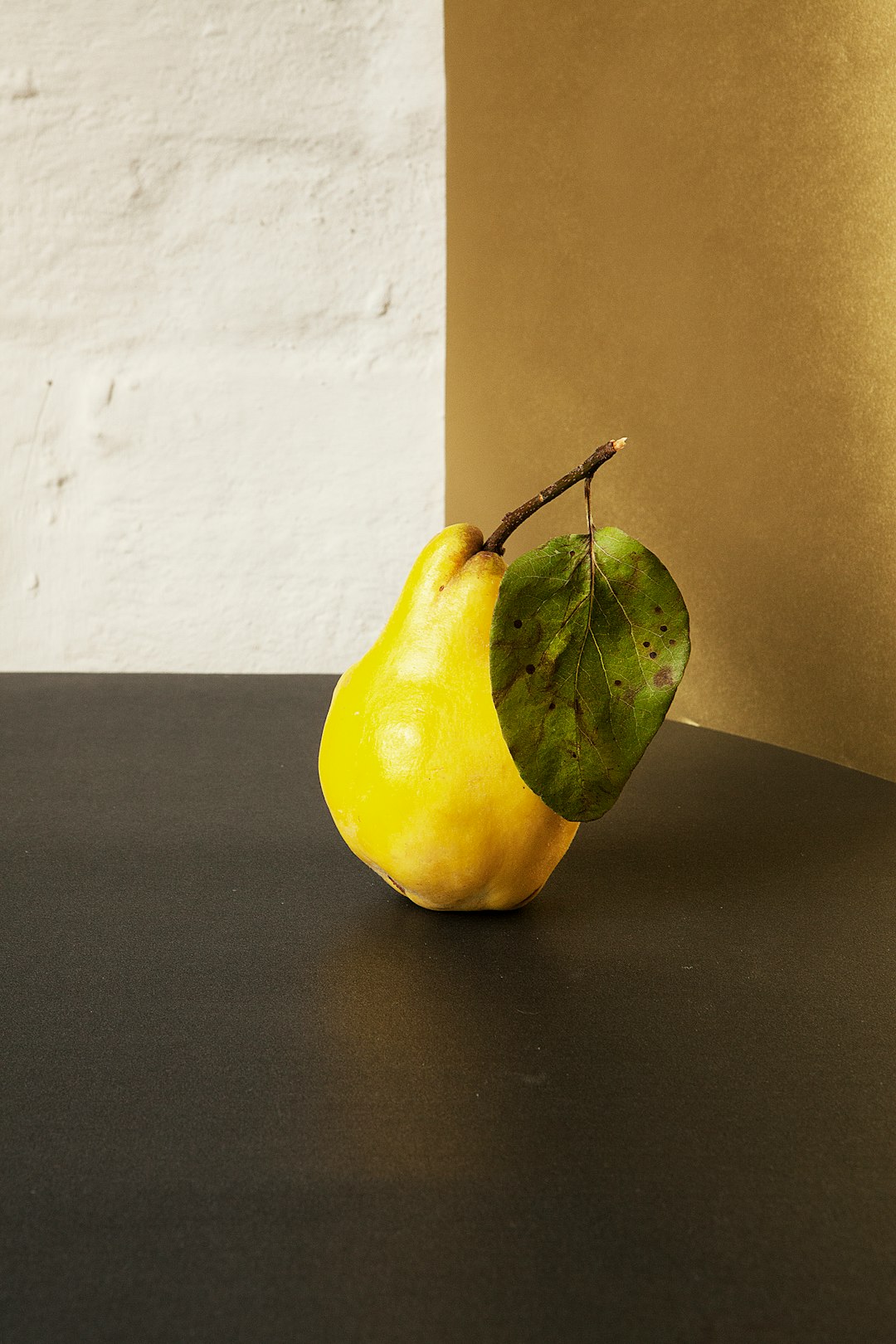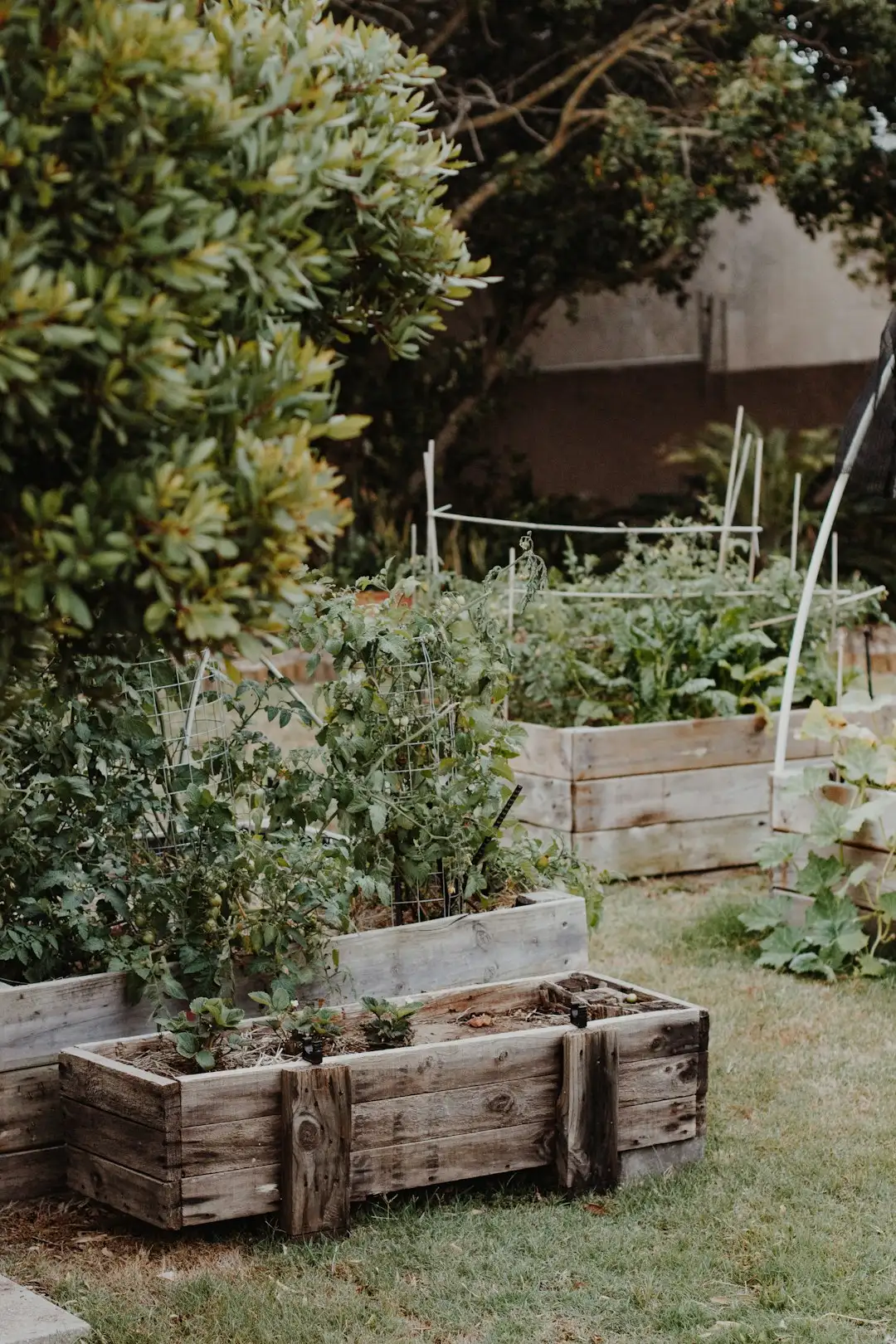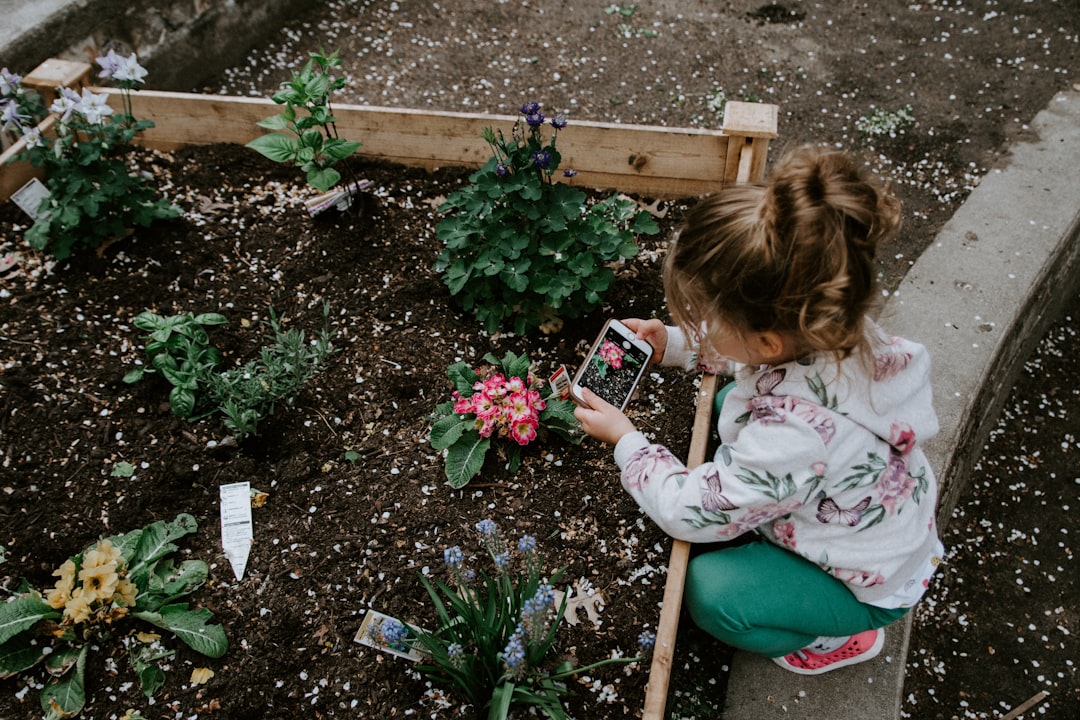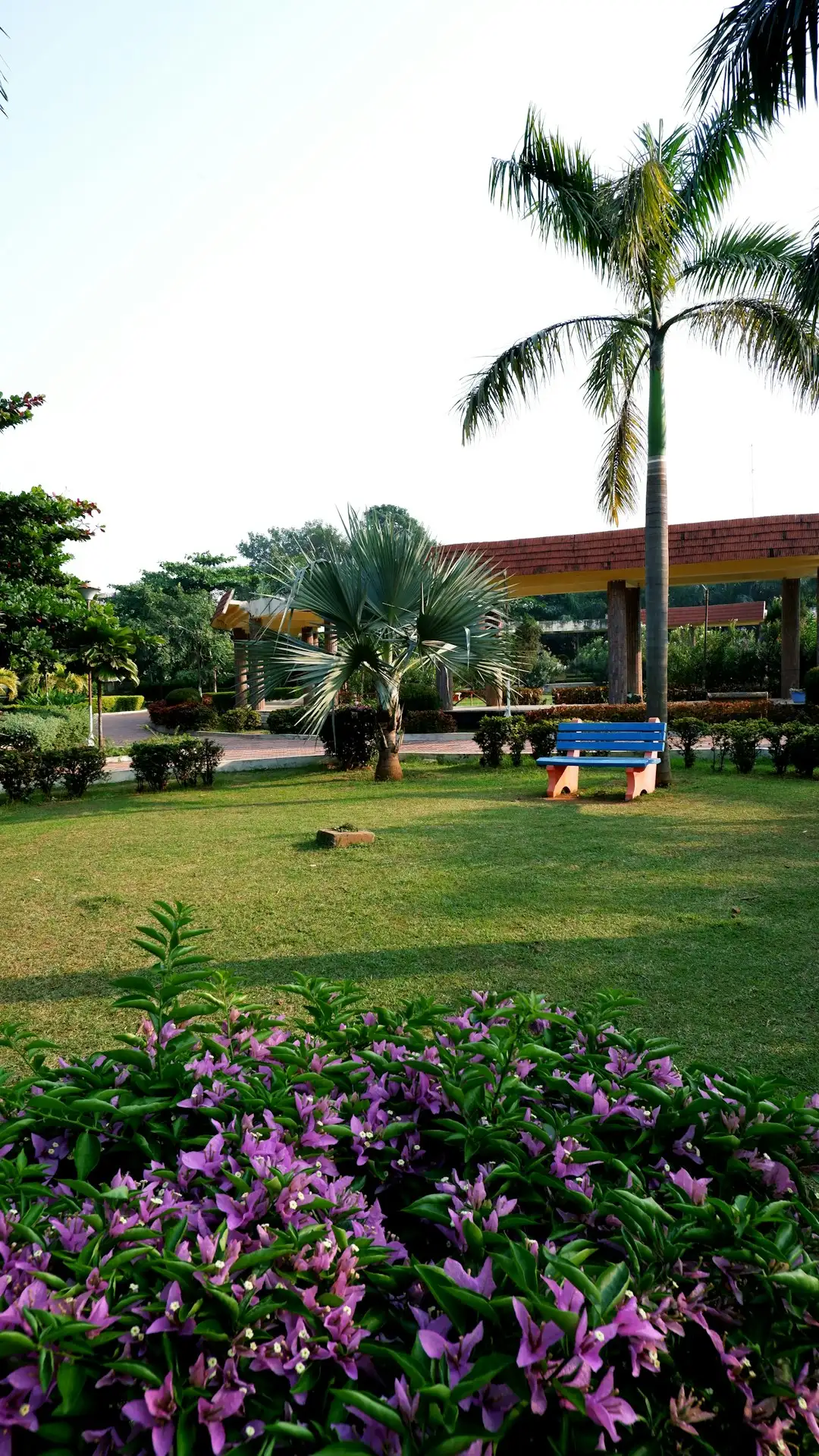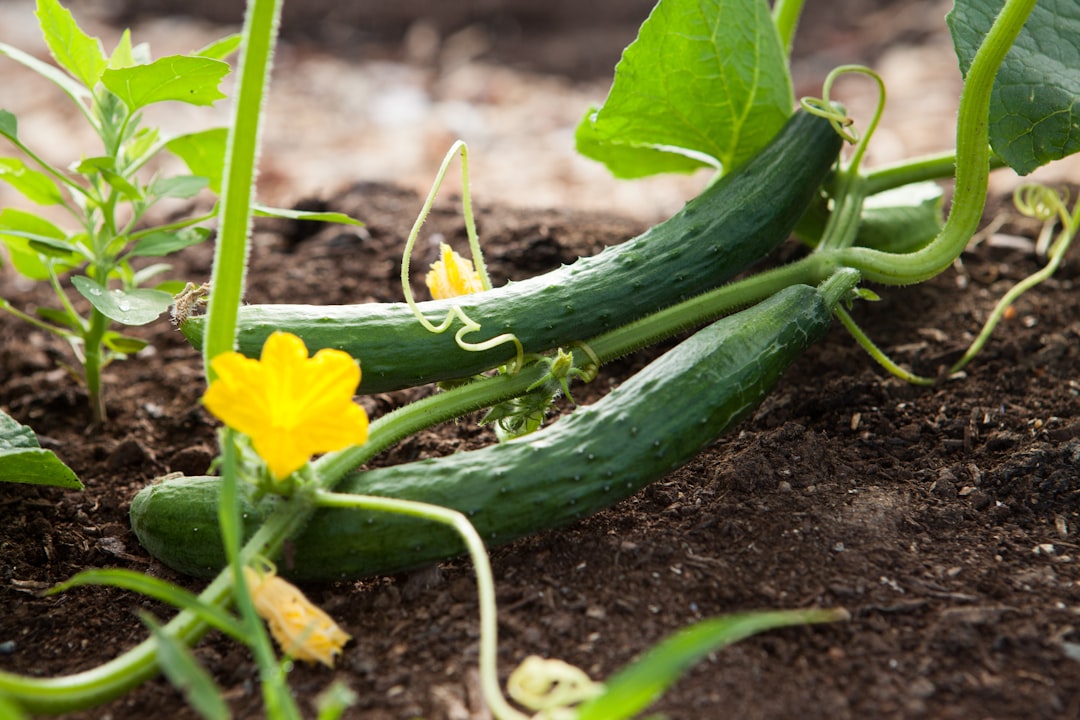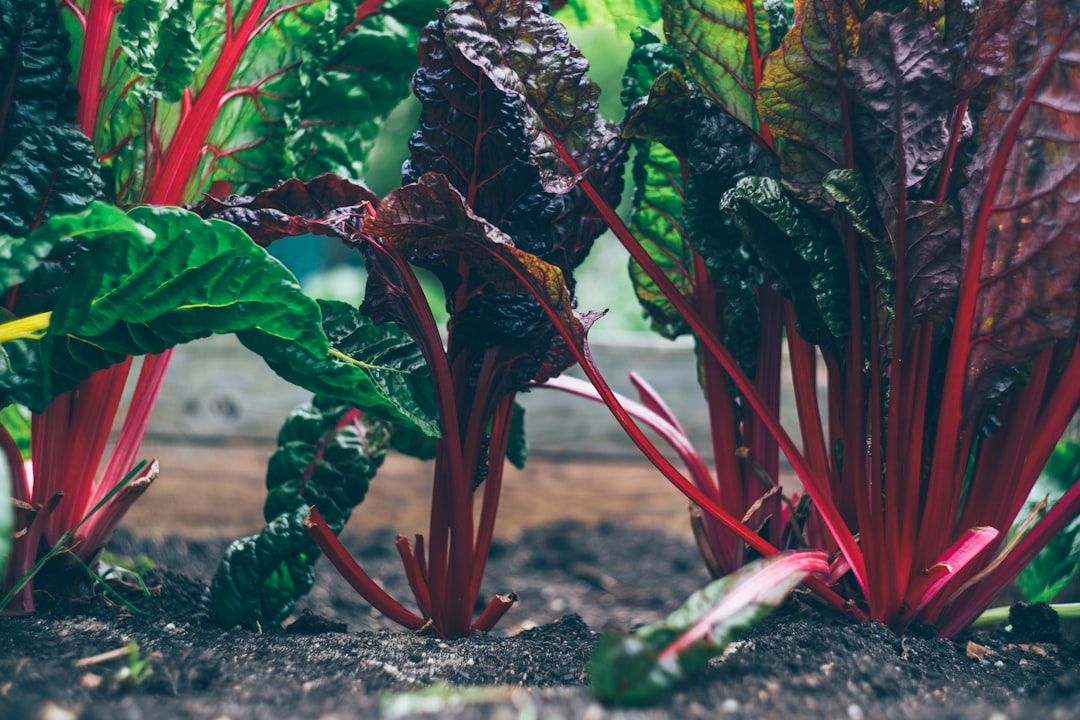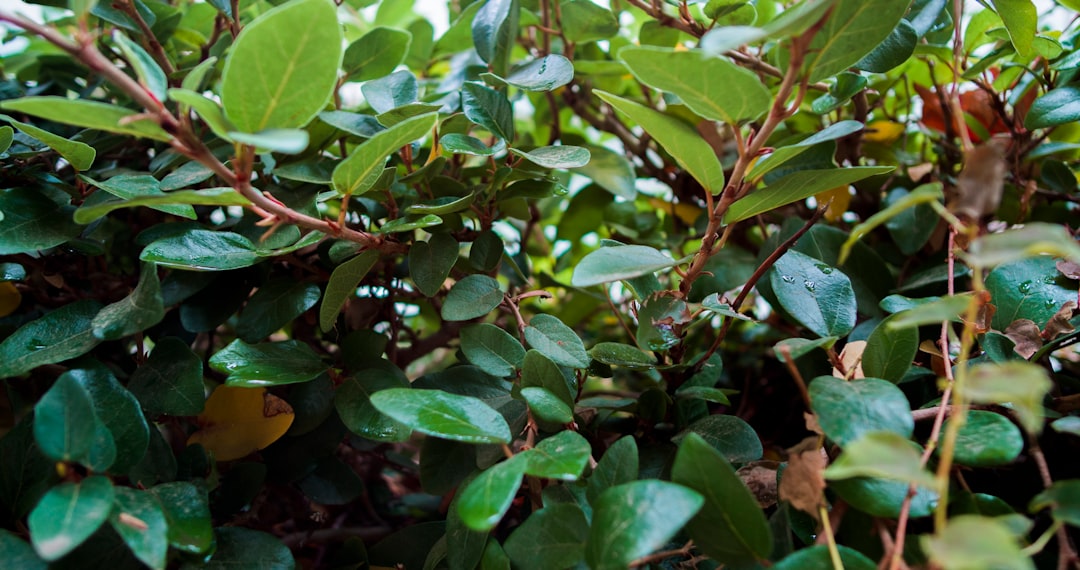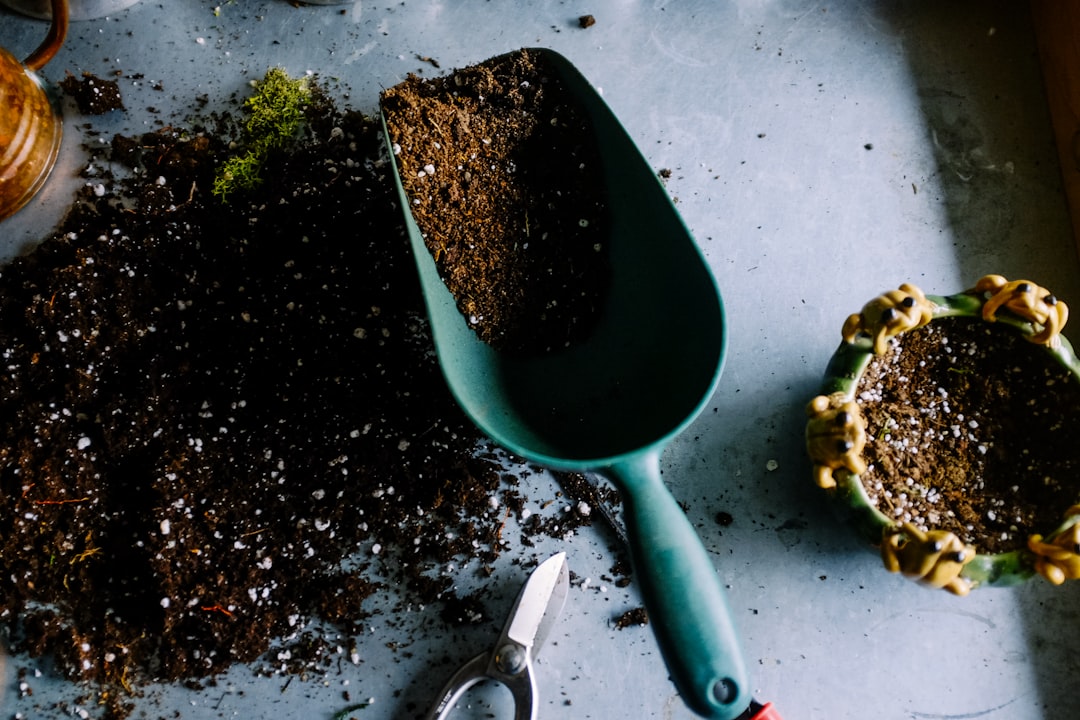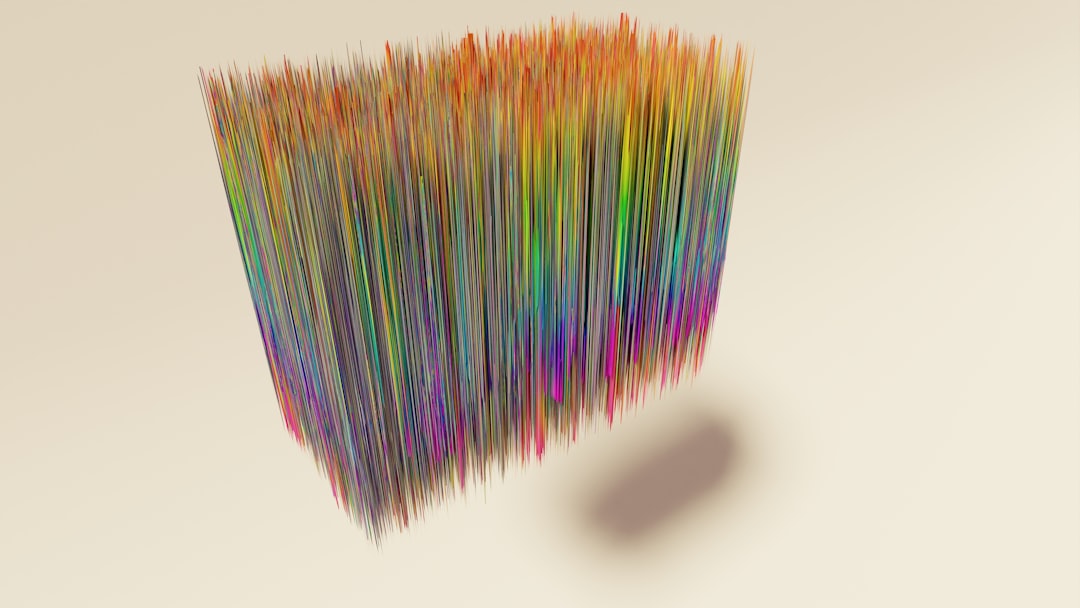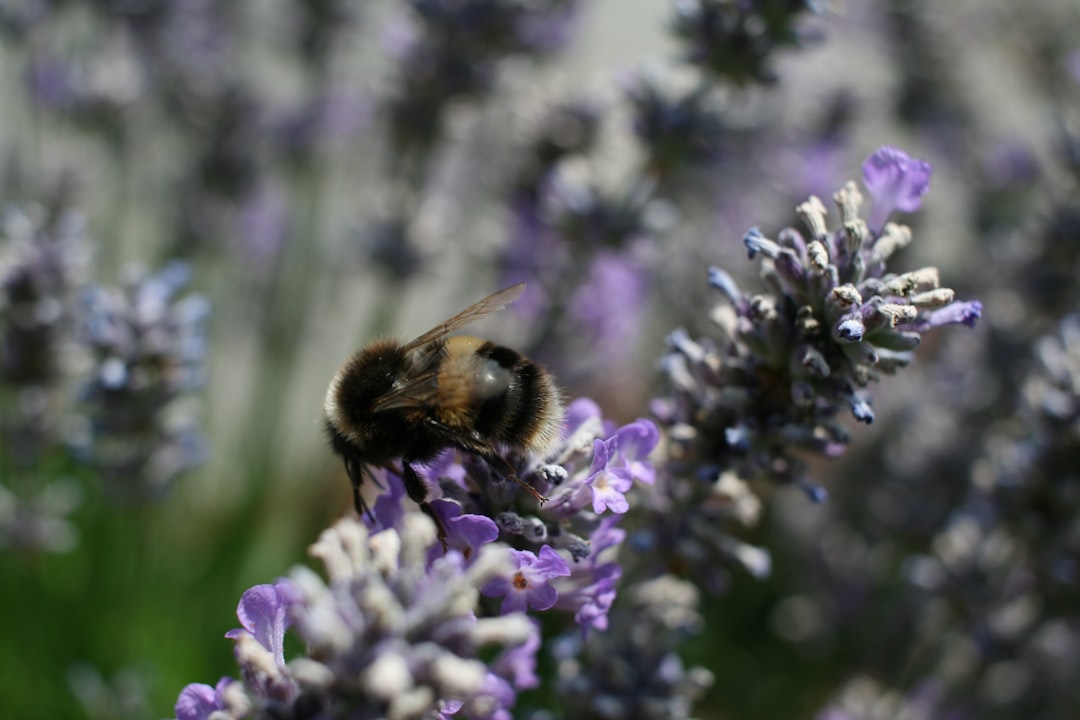
Edible gardening is a rewarding endeavor, and among the many vegetables you can grow, asparagus stands out as a delicious and nutritious choice. This basic guide will delve into the best techniques for harvesting asparagus, as well as when to start and stop cutting this delectable vegetable.
Asparagus is a perennial vegetable that can provide a bountiful harvest for many years if properly cared for. Before we get into the harvesting process, it's important to understand a bit about the growth cycle of asparagus. Asparagus plants are typically grown from crowns, which are planted in well - drained soil in early spring. The first year after planting, it's crucial to let the asparagus ferns grow freely. These ferns are responsible for photosynthesis, which helps the plant store energy in the roots for future growth.
When it comes to the best techniques for harvesting asparagus, the first thing to note is the proper cutting method. You should use a sharp knife or asparagus cutter to cut the spears at ground level. It's important to make a clean cut to avoid damaging the emerging spears. Asparagus spears grow quickly, especially in warm weather, so it's essential to check your asparagus patch regularly, ideally every day or every other day during the peak harvest season.
Now, let's talk about when to harvest asparagus. In general, you should wait until the third year after planting to start harvesting. This allows the plant to establish a strong root system. During the third year, you can have a light harvest, which usually lasts for about 2 - 3 weeks. In subsequent years, you can extend the harvest period to 6 - 8 weeks.
The ideal time to start harvesting asparagus is when the spears reach about 6 - 8 inches in height. At this stage, the spears are tender and have the best flavor. You can harvest both thick and thin spears, as long as they meet the height requirement. However, be careful not to over - harvest, as this can weaken the plant and reduce future yields.
As for when you should stop cutting asparagus, it's important to give the plant enough time to replenish its energy reserves. Once the harvest period is over, usually around mid - to late - June in most regions, you should stop cutting the spears and let the ferns grow. The ferns will continue to photosynthesize and store energy in the roots for the next growing season. It's also a good idea to fertilize the asparagus bed after the harvest to provide the plant with the nutrients it needs for healthy growth.
Another important aspect of asparagus harvesting is dealing with pests and diseases. Asparagus beetles are a common pest that can damage the spears and ferns. You can control asparagus beetles by hand - picking them off the plants or using an organic insecticide. Additionally, asparagus rust is a fungal disease that can affect the ferns. To prevent asparagus rust, make sure to plant disease - resistant varieties and keep the asparagus bed well - ventilated.
In conclusion, harvesting asparagus is a delicate balance between getting the most out of your crop and ensuring the long - term health of the plants. By following these best techniques, knowing when to start and stop cutting, and taking proper care of your asparagus patch, you can enjoy a delicious and sustainable supply of asparagus for years to come. Whether you're a seasoned gardener or just starting out, growing and harvesting asparagus is a fulfilling experience that connects you with the land and provides you with fresh, home - grown produce.
New






